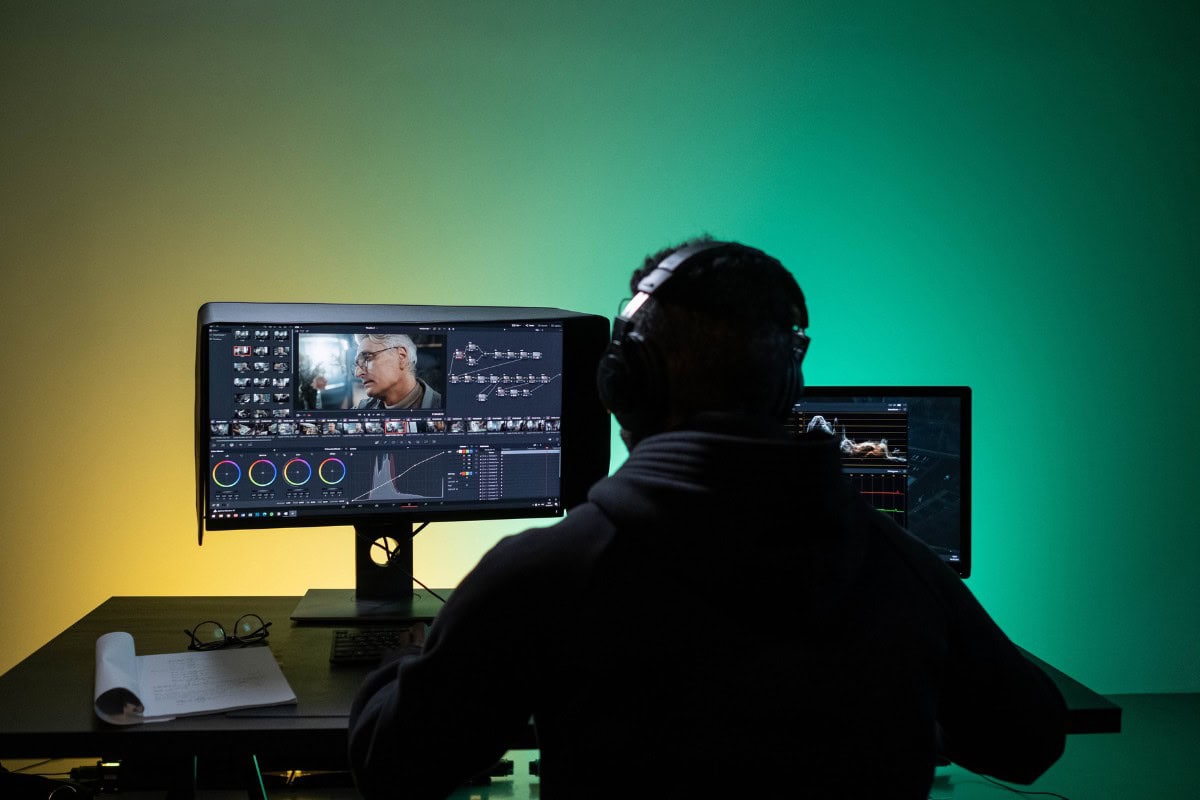Color uniformity, the consistency of color across an entire surface or display, is a critical aspect of visual quality that impacts user experience and product perception across various industries. From consumer electronics and automotive applications to printing, textiles, and medical imaging, maintaining accurate and consistent color representation is essential for meeting customer expectations and ensuring the functionality of products and systems. We will look into color uniformity, exploring its measurement, its importance in display technologies, and applications across diverse sectors.
What Is Color Uniformity
Color uniformity refers to the consistency of color across an entire surface or display. It is a measure of how evenly a single color is represented without variations in brightness, hue, or saturation. In display technology, color uniformity is crucial for ensuring that images are displayed as intended, without distracting or visually jarring inconsistencies.
The importance of color uniformity extends beyond aesthetics. It plays a significant role in perceived image quality, as non-uniformities can lead to eye strain and fatigue, particularly in applications that require prolonged viewing, such as professional graphic design or photography. Moreover, color uniformity reflects product quality and manufacturing consistency, influencing brand perception and customer satisfaction.
Poor color uniformity can manifest in various ways, such as brightness variations across a display, with the center appearing brighter than the edges, or color shifts in certain areas, resulting in a greenish or reddish tint. These irregularities can be particularly noticeable in applications that rely on accurate color representation, such as medical imaging or color-critical design work.
Measuring and Quantifying Color Uniformity
To ensure consistent color representation, measuring and quantifying color uniformity using standardized color systems and metrics is essential. The L_a_b color system, or CIELAB, is widely used for this purpose. It expresses color in three dimensions: L* represents lightness, while a* and b* represent the color components on the green-red and blue-yellow axes. This system allows for precise quantification of color differences and is particularly useful for measuring color uniformity across surfaces.
Another commonly used color system is the RAL system, which provides a standardized collection of color shades for various applications, including industrial coatings and plastics. While the RAL system is not as comprehensive as L_a_b in terms of color space coverage, it offers a practical approach to color matching and consistency in manufacturing settings.
The Delta E metric is a key measure of color uniformity, representing the difference between two colors in the L_a_b color space. A lower Delta E value indicates a closer match between colors, with values below 2 generally considered imperceptible to the human eye. Acceptable Delta E values vary depending on the application, with more stringent requirements for color-critical industries such as printing and automotive manufacturing.
In addition to color differences, brightness uniformity is another important aspect of overall color uniformity. It is typically measured using specialized instruments such as colorimeters or spectrophotometers, which can quantify luminance variations across a surface. Ensuring consistent brightness is particularly crucial in display technologies, where uneven illumination can significantly impact the viewing experience.
Color Uniformity in Display Technologies
Display technologies like LCD monitors, OLED displays, and projectors face unique challenges in maintaining color uniformity. LCD monitors, for instance, can suffer from backlight bleeding, where light leaks around the edges of the screen, leading to brightness inconsistencies. The type of LCD panel used, such as TN (Twisted Nematic), VA (Vertical Alignment), or IPS (In-Plane Switching), also influences color uniformity, with IPS panels generally offering better performance in terms of color consistency and viewing angles.
OLED displays, known for their deep blacks and vibrant colors, have their own uniformity characteristics. While they typically exhibit better overall uniformity than LCDs, they can be susceptible to color shifts and brightness variations, particularly at lower brightness levels. Conversely, projectors face challenges related to lens uniformity and light distribution, which can result in color and brightness inconsistencies across the projected image.
Assessing display uniformity involves a combination of visual inspection methods and the use of specialized test patterns and software tools. Visual inspection can help identify obvious non-uniformities, such as dark spots or color shifts, while test patterns, such as full-screen solid colors or gradients, can reveal more subtle variations. Software tools can provide quantitative measurements of color and brightness uniformity, allowing for objective comparisons between displays.
The impact of poor color uniformity on display performance can be significant, particularly in professional applications where color accuracy is critical. In fields such as graphic design, video editing, and color grading, non-uniformities can lead to incorrect color judgments and inconsistencies in the final output. Similarly, in medical imaging, color uniformity is essential for accurate diagnosis and treatment planning, as variations in color representation can potentially lead to misinterpretations.
Applications and Importance of Color Uniformity Across Industries
The importance of color uniformity extends far beyond display technologies, with applications spanning various industries. Color uniformity in consumer electronics, such as smartphones, televisions, and computer monitors, directly affects the user experience and perceived product quality. Inconsistencies in color representation can lead to user dissatisfaction and negative brand perception.
In the automotive industry, color uniformity is crucial for both interior and exterior components. Consistent color across body panels, trim pieces, and interior elements contribute to the vehicle’s overall aesthetic appeal and perceived quality. Color uniformity is also critical in automotive displays and lighting systems, where variations can impact readability and functionality.
The printing and packaging industry relies heavily on color uniformity to ensure that printed materials accurately match the intended design and maintain brand consistency. Color variations in packaging can lead to confusion and diminish the product’s perceived quality, potentially affecting sales and brand loyalty.
In the textile and fashion industry, color uniformity is essential for fabric production and garment manufacturing. Consistent color across different batches of fabric is crucial for maintaining brand identity and customer satisfaction. Variations in color can result in product returns and damage to a brand’s reputation.
Medical and scientific applications also demand high levels of color uniformity. Accurate color representation is vital for diagnosis and treatment planning in medical imaging, such as radiology and pathology. Consistent color output from instruments and displays is necessary for reliable data interpretation and analysis in scientific research.
Architectural and interior design projects rely on color uniformity to create cohesive and visually appealing spaces. Consistent colors across building materials, finishes, and furnishings contribute to the overall aesthetic and functionality of the environment.
From a branding and marketing perspective, color uniformity is also significant in establishing and maintaining brand identity. Consistent colors across products, packaging, and marketing materials enhance brand recognition and recall. Variations in color can dilute the brand message and impact the effectiveness of marketing campaigns.
Looking towards the future, emerging technologies such as augmented reality (AR) and virtual reality (VR) will likely place even greater emphasis on color uniformity. As these immersive technologies become more prevalent in various industries, ensuring consistent color representation across digital environments will be crucial for creating realistic and engaging experiences.
Advancements in color management systems and measurement technologies are expected to further improve the accuracy and consistency of color reproduction across different devices and materials. The development of more sophisticated algorithms and sensors for color calibration and monitoring will help manufacturers and designers achieve higher levels of color uniformity in their products and applications.









